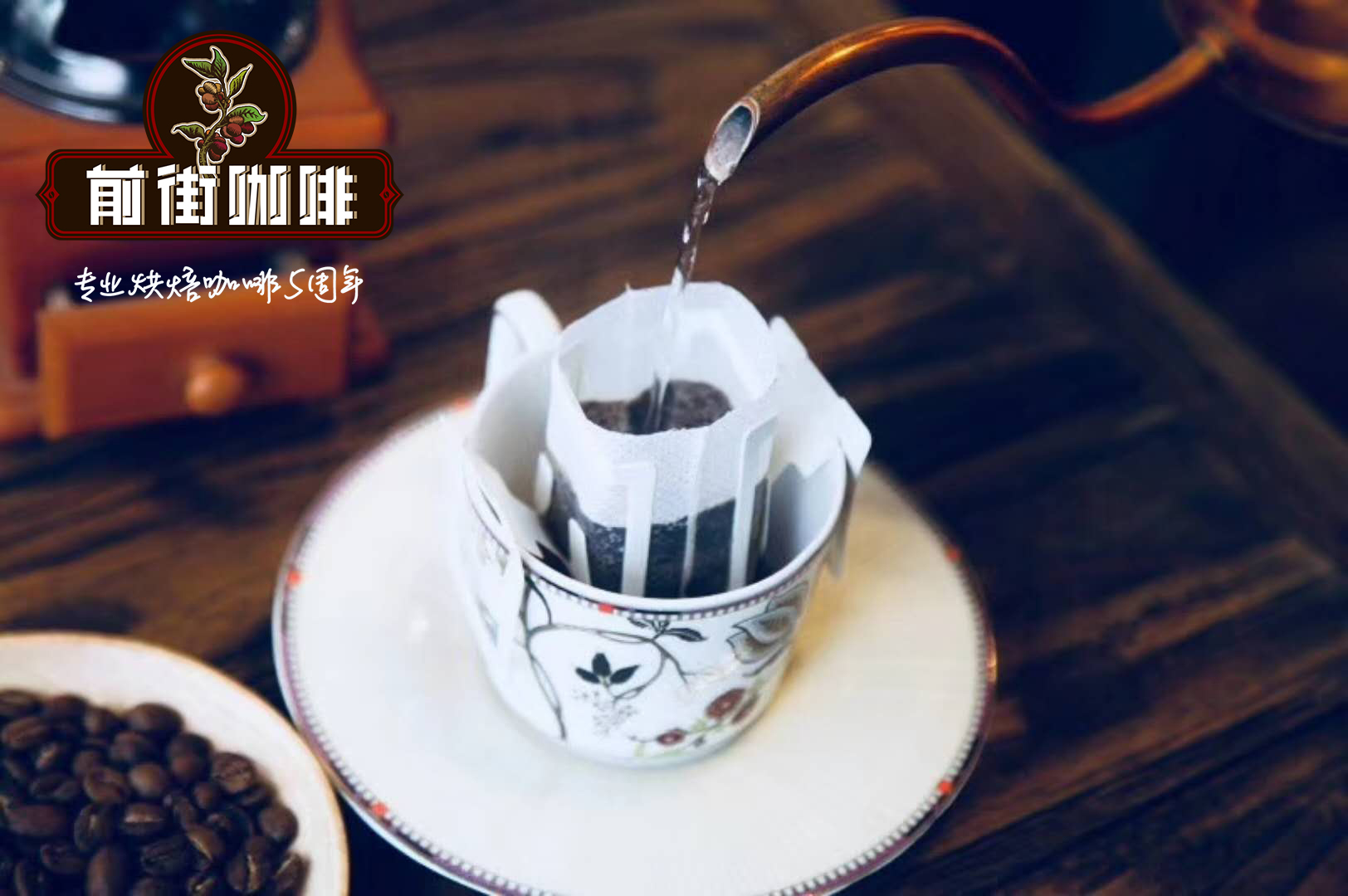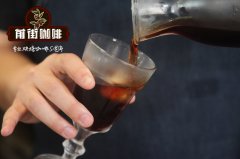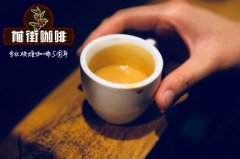How to calculate the proportion of coffee hand-made gouache in Brazil Ubu processing factory _ Brazilian hand-made coffee is so bitter

Professional coffee knowledge exchange more coffee bean information please follow the coffee workshop (Wechat official account cafe_style)
Brazilian coffee does not seem to have a good reputation all the time. It is often heard that it is heavy rather than quality. In fact, Brazilian coffee has many little-known features. Bruna Costa, the founder of It Caf é, is a coffee fan and coffee producer. He grew up on a coffee farm in Sao Paulo, Brazil, visited many coffee producing areas and mastered a wealth of coffee knowledge, especially fine Brazilian coffee like the back of his hand. As a supporter of Brazilian coffee, he wants to share some experiences with us, hoping that we will have a new understanding of Brazilian boutique coffee.
1. Brazil is the largest coffee producer in the world.
Brazil accounts for about 1/3 of the world's annual coffee production (by far the world's largest coffee producer and exporter). In 2015, Brazil produced a total of 36.89 million bags of coffee (each bag of 60kg). How many cups of coffee can you imagine?
The country's coffee production and market trends have a knock-on impact on international coffee market prices, that is, a drought in Brazil will lead to a rise in global coffee prices. So much production makes many coffee lovers think that Brazilian coffee focuses on quantity rather than quality, so it is difficult for Brazilian coffee producers to sell their beans.
two。 The flavor is underestimated
There is nothing wrong with many merchants going to Brazil to buy commercial beans for Italian blending. But you should know that Brazil also continues to produce a lot of boutique coffee beans. Brazilian products are not only abundant in quantity, but also of high quality and unique flavor. Usually, Brazilian coffee has a strong caramel and chocolate flavor, with obvious sweetness and low sour taste. The low acidity sometimes makes people underestimate its quality. But if you taste it carefully, you will be surprised to find that it is so wonderful.
3. There are various varieties of Brazilian coffee.
Brazil has seven states producing coffee and a total of 14 coffee producing areas, so it is full of diversity. If we pay attention to the information on the coffee bags, we may find that they come from
Sao Paulo (Mogiana, Centro-Oeste),
Parana (Norte Pionerio do Paran á),
Bahia (Planaltoda Bahia, Cerrado da Bahia, Atlantico Baiano),
Espiritu Santo (Montanhas do Esp í rito Santo, Conilon Capixaba)
Minas Gerais State (Sul de Minas, Cerrado Mineiro, Chapada de Minas, Matas de Minas)
Rondo or Rio de Janeiro.
Many fine varieties can be grown in these coffee producing areas, such as Bourbon, Mundo Novo, Icat ú, Catua í, Iapar and Catuca í. Among so many varieties of coffee, you are sure to find one you like.
Qianjie cooking parameters are suggested:
How to make Brazilian coffee [Ubu treatment plant semi-washed] well?
Qianjie Coffee hand reference: weigh 15g of [Wubu processing plant semi-washed] coffee powder, pour into the grinder for medium grinding, the finished particles are slightly thicker than salt, we use BG bean grinder to scale 6A (standard sieve pass rate of 50%), water temperature 88 degrees, kono/kalita filter cup extraction, recommended powder / water ratio around 1:14.
The hot water in the hand flushing pot draws a circle clockwise with the center of the filter cup. Start the time when brewing, brew the coffee to 30g in 15 seconds, then stop the water injection, and when the time is up to 1 minute, the second water injection. The second water injection is the same as before, draw a circle clockwise with the center of the filter cup, and the water flow should not rush to the place where the coffee powder is connected with the filter paper, so as not to produce channel effect.
Coffee powder to the outermost circle to set aside a circle, and then another circle to the middle, 2 minutes 10 seconds, to the coffee to 210g, brewing coffee is finished.
| Japanese Ice hand Flushing [semi-washing in Wubu treatment Plant]
Qianjie coffee ice hand flushing [Wubu treatment plant semi-washing] reference:
Brazilian coffee [Ubu treatment plant semi-washed], medium and deep roasting, BG bean grinder scale 5R (standard sieve pass rate 60%)
20 grams of powder, 150 grams of ice, 150 grams of hot water. The water temperature is 88 ℃ higher than the recommended normal hand flush, then 1 ℃ higher, the normal grinding small Fuji 3.5 scale, the ice hand flushing is slightly smaller than half a grid-small Fuji 3 scale, the recommended powder (water + ice) ratio is 1:15.
The amount of steaming water is 40 grams and the steaming time is 30 seconds.
Water injection by stages, 60 grams of water in the first section and 40 grams of water in the second section. Use a thin but high water injection column and stir hard to make the coffee powder fully tumble, but be careful that the water level is not too high and do not rush to the edge of the filter paper.
The whole extraction time is about two and a half minutes (close to the normal extraction time of 20 grams of powder).
END
Important Notice :
前街咖啡 FrontStreet Coffee has moved to new addredd:
FrontStreet Coffee Address: 315,Donghua East Road,GuangZhou
Tel:020 38364473
- Prev

How to make Minas coffee by hand in Camo Manor, Brazil? how to make Minas coffee beans by hand?
Professional coffee knowledge exchange more coffee bean information Please follow the coffee workshop (Wechat official account cafe_style) Brazilian coffee Camominas Chateau dry aromas of citrus and grapefruit, and delicate hazelnuts with aromas of caramel, with hops at last. After the entrance, it is like drinking a glass of sweet orange juice, which is surrounded by the aroma of cream and grapefruit at high temperature.
- Next

Brazil sun yellow bourbon DB Wugui manor do hand brewed coffee how to grind beans_hand brewed coffee how to grind
Professional coffee knowledge exchange More coffee bean information Please pay attention to coffee workshop (Weixin Official Accounts cafe_style) Brazilian yellow bourbon coffee, Cerrado region of Brazil in South America, rare yellow bourbon coffee, each bag is accompanied with identification, indicating the name of the manor, the name of the owner and the barcode, which can be traced
Related
- Detailed explanation of Jadeite planting Land in Panamanian Jadeite Manor introduction to the grading system of Jadeite competitive bidding, Red bid, Green bid and Rose Summer
- Story of Coffee planting in Brenka region of Costa Rica Stonehenge Manor anaerobic heavy honey treatment of flavor mouth
- What's on the barrel of Blue Mountain Coffee beans?
- Can American coffee also pull flowers? How to use hot American style to pull out a good-looking pattern?
- Can you make a cold extract with coffee beans? What is the right proportion for cold-extracted coffee formula?
- Indonesian PWN Gold Mandrine Coffee Origin Features Flavor How to Chong? Mandolin coffee is American.
- A brief introduction to the flavor characteristics of Brazilian yellow bourbon coffee beans
- What is the effect of different water quality on the flavor of cold-extracted coffee? What kind of water is best for brewing coffee?
- Why do you think of Rose Summer whenever you mention Panamanian coffee?
- Introduction to the characteristics of authentic blue mountain coffee bean producing areas? What is the CIB Coffee Authority in Jamaica?

